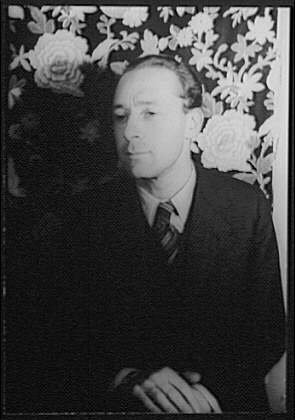Pavel Tchelitchew
American, born Russia, 1898–1957
Pavel Tchelitchew was a Russian-born artist known for his Surrealist portraits and anatomical studies. Often camouflaging human bodies and faces into geometric lines or landscape forms, the artist used both abstraction and symbolism to convey both the outer and inner appearance of an object. “We are in the midst of the most appalling and impossible not to be seen horrors and madness,” he said of society. “Everyone covers them up with pretty rugs and wallpaper and chintz.” Born on September 21, 1898 in Moscow, Russia, he and his family were forced to flee Russia during the 1917 Revolution. Tchelitchew went on to study under Alexandra Exter at the Kiev Academy. After graduating from school, the artist worked designing and constructing stage sets for theaters in Odessa and later Berlin. Moving to Paris in 1923, he fell into the intellectual circles of Gertrude Stein, leading him to incorporate Cubist and Surrealist elements into his work. He went on to form a small group of artists known as the Néo Humanists, which included Eugene Berman, Christian Bérard, and André Lanskoy. By the 1930s, his work had begun employing multiple perspectives, a brighter color palette, and extremely foreshortened figures. While still working on stage designs for ballets by Igor Stravinsky, he began to receive international recognition, and in 1942 one of his most celebrated works, Hide and Seek, was acquired by The Museum of Modern Art in New York. The artist died on July 31, 1957 in Grottaferrata, Italy. Today, Tchelitchew’s works can be found in the collections of the Art Institute of Chicago, the National Gallery of Art in Washington, D.C., the Courtauld Institute of Art in London, and the Philadelphia Museum of Art.
Courtesy artnet


